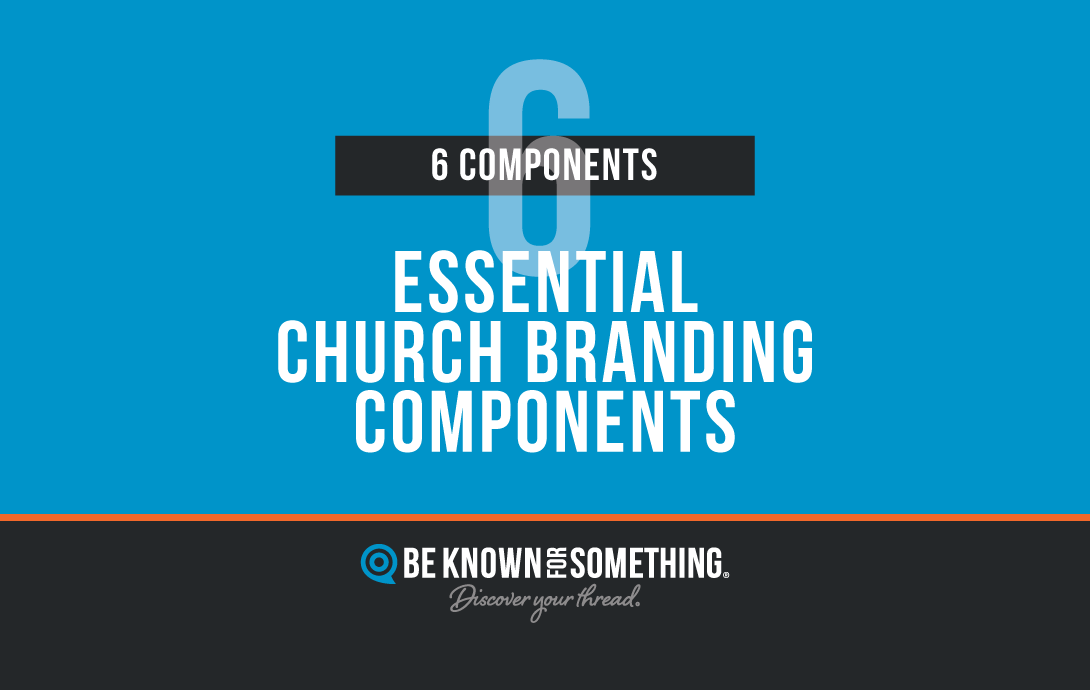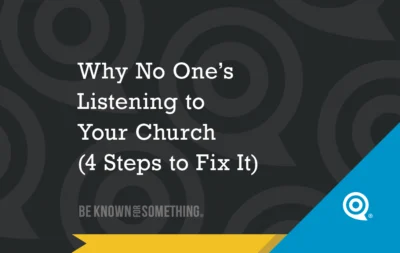
Did Jesus have a brand? (Spoiler: Yes. Your Church should too)
If you think branding is too corporate for the Church, you’re not alone. Many pastors resist this idea until they

Church branding components are the essential ingredients to helping a church be known for something relevant and needed. In order to impact a community and connect them to the gospel.
Being known for the right things are critical to having someone consider attending your church! These church branding components help shape the perception of an organization that’s not properly understood:

If you think branding is too corporate for the Church, you’re not alone. Many pastors resist this idea until they

You’re leading. You’re preaching. You’re promoting. But still… it feels like no one’s really listening. That’s not just frustrating; it’s

Julie Andrews sang it well in The Sound of Music: “Let’s start at the very beginning, a very good place
We'll never spam you. Unsubscribe anytime.
